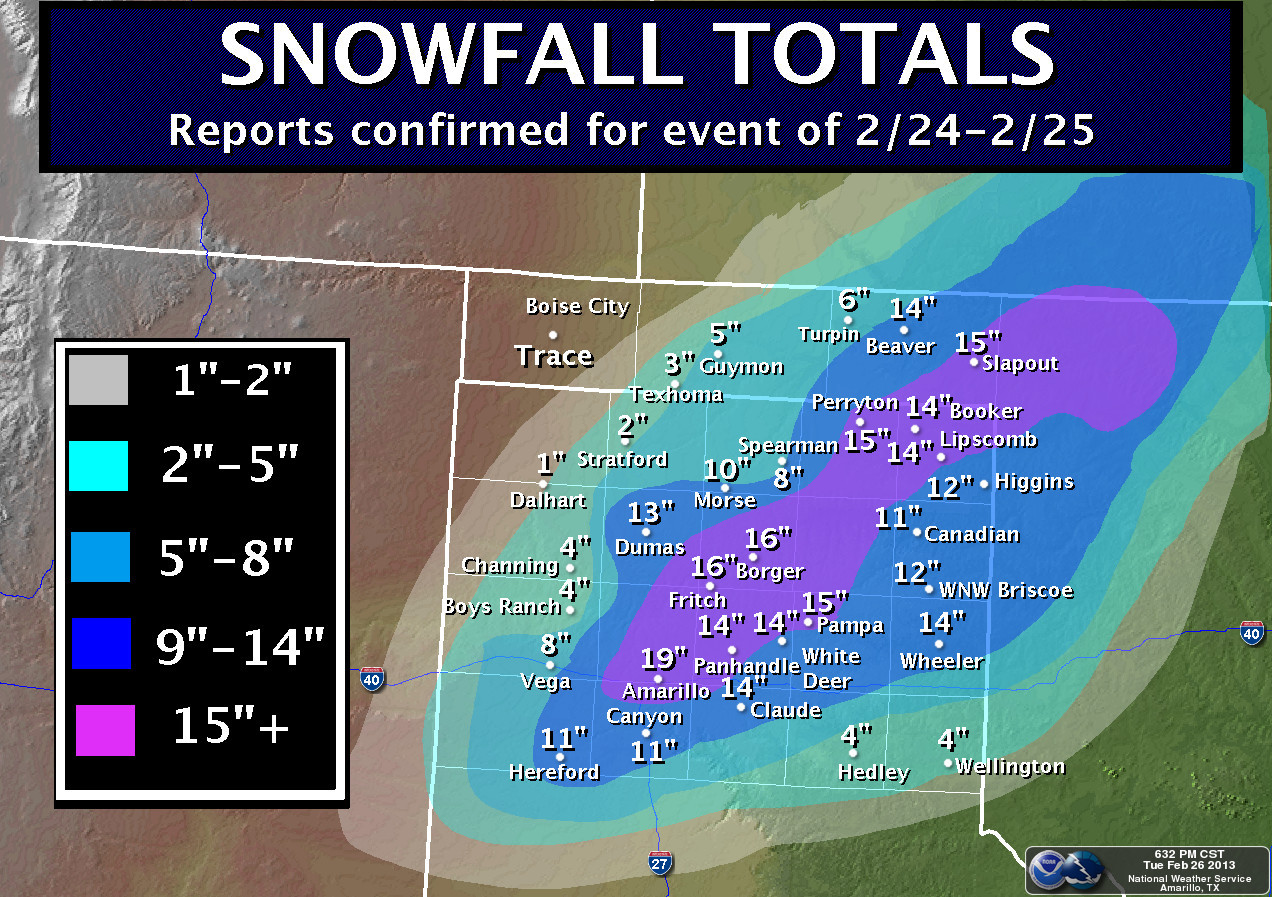

February 2021 brought additional snowpack to the Pacific Northewest and northern and central Rockies, improving SWE values to near to above-median values. The total annual water budget for agriculture and human use in the mountainous West is highly dependent on the amount of snow melt that will occur in spring and is proportional to the amount of snow on the ground, which can be approximated by a measure of the snow water equivalent (SWE).Įarly-season SWE values across the West were well-below median in December 2020 and January 2021 with some above-median SWE values across the northern Cascades and northern Rockies. Melting of winter and spring mountain snowpack provides a crucial summer water source across much of the western United States. By the end of February, about 23 percent of the CONUS was covered by snow. After two weeks of extremely cold conditions, temperatures rebounded and snow cover retreated significantly throughout the remainder of the month. An additional snow event occurred from February 16-20 and extended from Texas into the Ohio Valley and Northeast, with heavy snowfall occurring across Arkansas. By February 16, snow covered 73.2 percent of the conus - the highest daily value in the historical record (since October 2003). Accumulations occurred across portions of central and northeastern Texas as well as across the Midwest and Ohio Valley. From February 13-16, snowfall accumulated from the central and southern Rockies into the central and southern Plains and into the Great Lakes. bringing the coldest temperatures seen across the country in more than 30 years. A significant cold-air outbreak occurred across the central U.S. Another nor'easter storm brought between one and three feet of snow from central Pennsylvania to New York City and into New England in early February as snow cover extent remained relatively steady until mid-month. An atmospheric river event from January 27-29 brought several feet of snow to the Sierra Nevada Range and snow to adjacent ridges and valleys, increasing the CONUS snow coverage to nearly 55 percent - the maximum extent for January. Warm temperatures in the middle of January 2021 caused much of the snow to melt, bringing the CONUS snow cover to 24 percent. also brought some of the first snows of the season to portions of the central Plains and Great Lakes states as CONUS snow cover reached its maximum extent for January at 42.4 percent.

On December 16-17, a powerful nor'easter storm brought widespread areas of one to two feet of snow from western Pennsylvania to New Hampshire, resulting in a total CONUS sowcover on December 17 of nearly 41 percent. Conversely, Glasgow, MT, had its least-snowy winter on record with a mere 1.5 inches of accumulation throughout the three-month winter period.ĭecember 2020 began with 13 percent of the CONUS covered by snow. In March, Denver had its fourth-largest snowstorm on record while Cheyenne, WY, reported its heaviest multi-day storm on record. The cold-air outbreak and associated moisture in February led to an above-average snow cover, ranking fifth largest on record for the month. By January, snow cover was above average across portions of the northern and southern Plains, Great Lakes and Northeast. Snowfall during the 2020-2021 snow season was below average across the Sierra Nevada range, the northern Rockies and Plains and the Great Lakes in December 2020. (CONUS) snow cover extent was 74,775 square miles above the 1991–2020 average and ranked 18th highest in the 55-year period of record. According to NOAA data analyzed by the Rutgers Global Snow Lab, the winter season (December 2020–February 2021), contiguous U.S.


 0 kommentar(er)
0 kommentar(er)
